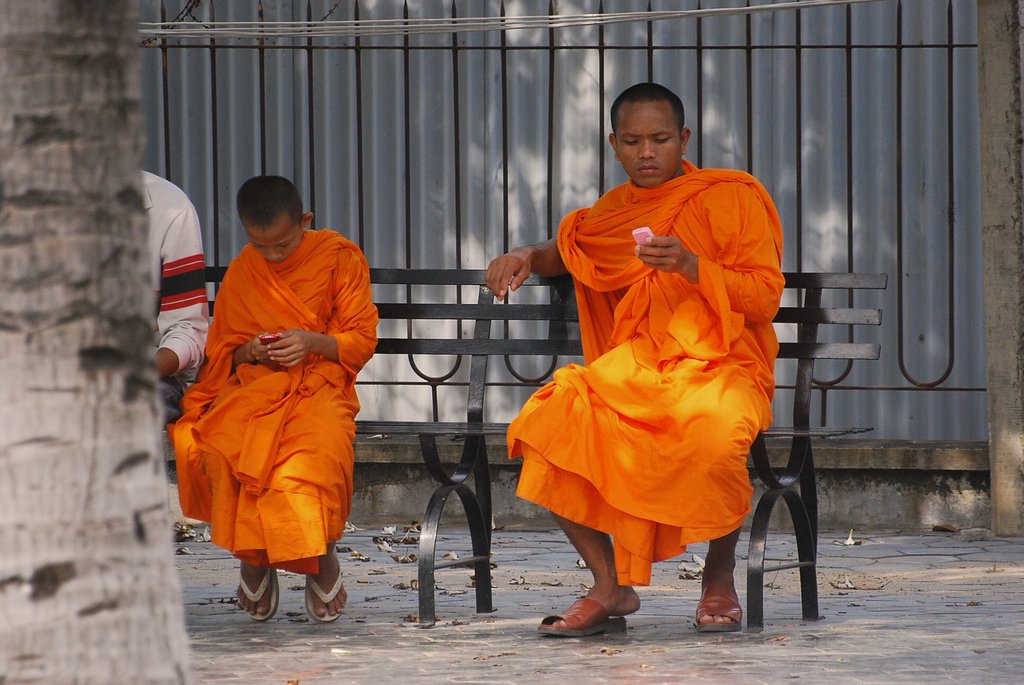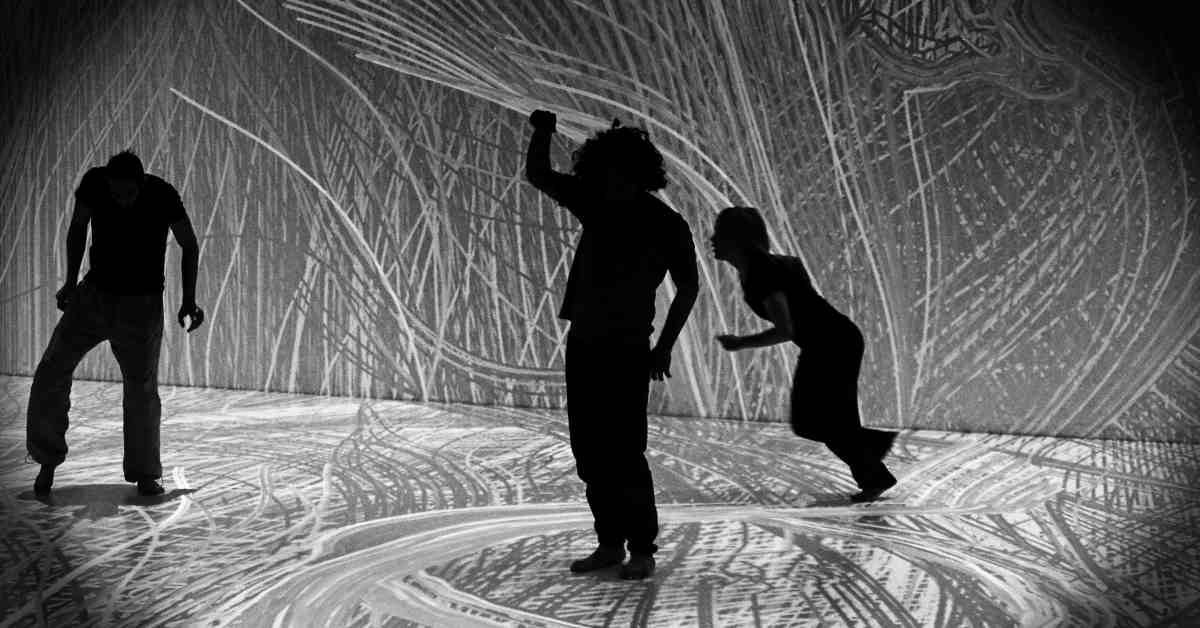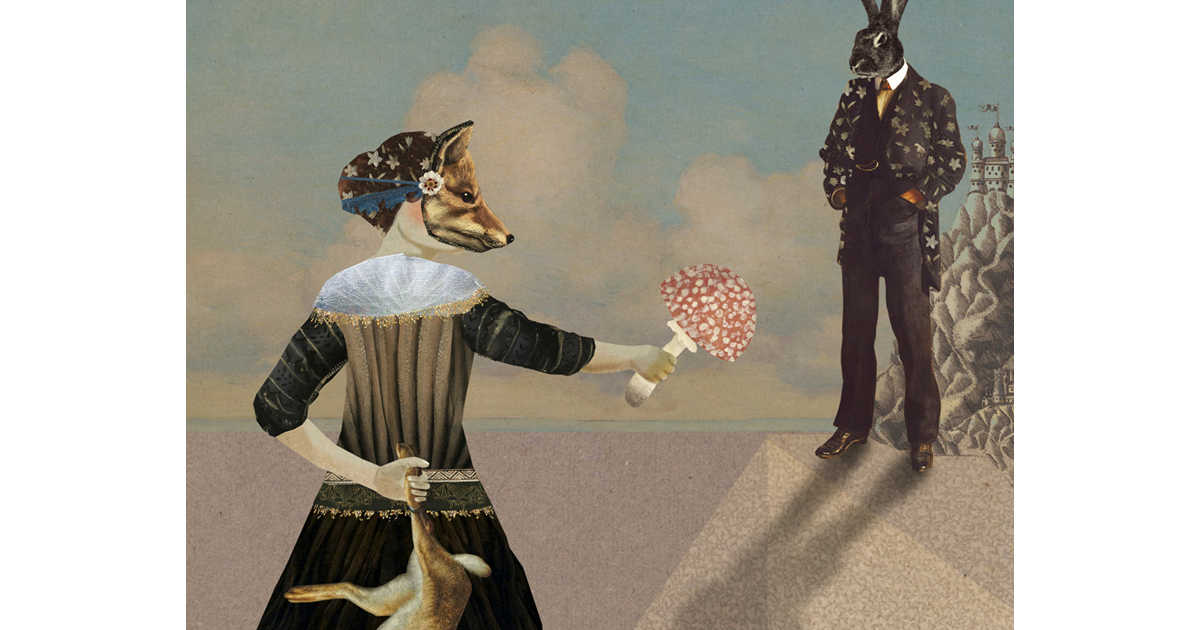“The first rule of sustainability is to align with natural forces, or at least try not to defy them.” Paul Hawken
“When the soil disappears, the soul disappears.” Ymber Delecto
“You never change things by fighting the existing reality. To change something, build a new model that makes the existing model obsolete.” R. Buckminster Fuller
“What we are doing to the forests of the world is but a minor reflection of what we are doing to ourselves and to one another.” Mahatma Gandhi
“We abuse land because we regard it as a commodity belonging to us. When we see land as a community to which we belong, we may begin to use it with love and respect.” Aldo Leopold
While these quotes serve as a good starting point for a discussion of sustainability, I keep returning to three key constructs from Gurdjieff to give me a clearer lens for viewing the world: Identification, imagination, and negative emotion.
The idea of identification helps me understand why people retreat into tribal affiliations that give them a sense of comfort, safety and belonging. For example, most people on earth identify religiously, politically, nationally, regionally, or as a proud supporter of a sports team. There are some that are strongly identified with a combination of all of them, i.e. “I am a Christian nationalist republican who spends Sundays rabidly watching the Dallas Cowboys vanquish their opponents.” Needless to say, I’m not one of them.
The idea of imagination helps me understand how people have come to believe that the human race is God’s gift to the world, that the American way is superior to all others, and that they are somehow endowed with gifts that are not clearly evident to objective observers. A very astute observer of human behavior once told me that my confidence exceeded my competence, so I guess I’m no exception to this all-too-human trait.
The idea of negative emotion helps me understand how people see the glass half empty when Nature has provided us with abundant gifts if only we could wake up and appreciate them. I have always believed that you can divide the world into critics and actors. The critics on the sidelines find all the potholes in any road another is trying to pave; actors build pathways to making a difference. As an enneagram 7, I’m guilty of seeing the world as a glass overflowing which can be naïve at best and problematic at worst.
Given that backdrop, I woke up one morning with this thought: The only sustainable identity is to see ourselves as one sentient being among millions on the planet earth interdependently entangled with all other beings (human and non-human) AND as having the possibility of becoming a uniquely divine cosmic messenger for peace and harmony.
You can see how the glass overflowing comes into play here – not really taking into account the negative risks and realities. Yet, if we live our lives with a dark lens, it’s hard to see possibilities through all the negativity. Also, If we are over-identified as a special species, then it’s easy to ignore how we are intimately interwoven with all other species. Finally, if we imagine we can go on living excessively without paying any consequences, we have no hope for sustainability.
So what caused my brain to produce such a thought? Not surprisingly, I had been reading three books that converged on this idea: The Ways of Being by James Bridle, The Zen of Therapy by Mark Epstein, and Harmonizing All with All by Artie Vipperla. These brief reviews will give you an appreciation of how I painted an image of sustainability, interdependence and harmony on a Gurdjieff canvas.
In the Ways of Being, Bridle describes a picturesque scene in Greece of timeless tranquility on which the greatest conflicts of our age are playing out between human agency and the intelligence of machines and between the illusion of human superiority and the survival of the planet. He paints a picture of “a stunning landscape of rugged mountains and deep gorges, studded with stone villages and monasteries, and inhabited, along with its people, by bears, wolves, foxes, jackals, golden eagles, and some of the oldest trees and forest in Europe.” You can see where this scene is going. Against that backdrop, Bridle explores the relationship between technology and everyday life: how the complex things we create affect civilization and the climate and threaten to poison the pristine environments in which we live.
Bridle goes on to argue for the existential importance of seeing the world as interdependently entangled – a world in which we need to take more responsibility for our actions. Covering a wide range of topics from artificial intelligence, to climate change, species extinction, forest depletion, and fossil fuel extraction, Bridle urgently implores us to see ourselves as part of an interconnected web of existence and to selflessly commit to creating harmony among all the interrelated parts. It’s a must read.
In the Zen of Therapy, Mark Epstein combines the science of medicine with the spirituality of mysticism. Epstein is a Buddhist psychiatrist practicing in NYC. While you can see how a New York, Jewish, Buddhist psychiatrist might let identification, imagination and negative emotion creep onto the pages of his book, I found the book compelling and fascinating. Dr. Epstein says, “There is something magical, something wonderful, and something to trust running through our lives, no matter how fraught they may have been or might become. For when we realize how readily we have misinterpreted our selves, when we stop clinging to our falsely conceived constructs, when we touch the ground of being, we come home.” I thought that was a beautiful way to capture how therapy could be a Zen experience – that science and spirituality can be good bedfellows.
In his book, Epstein shares an encounter he had with Ram Dass, who was a mentor of his at Harvard years before he started seeing patients. In this reunion, Ram asks Mark, “Do you see your patients as already free.” Whoa! Now there’s a powerful and provocative question. It triggered the insight for me that part of Zen is being free from being defined by your identify, being deluded by your imagination, and being depressed by your negative emotions. Ram concluded his conversation with Mark with the statement, “We are all walking each other home.” He passed away shortly thereafter. I trust he found his home
In Daoism, my path to Zen, the goal is to “return to baby” – a state of playful innocence in which you completely accept yourself without the complications of learned identity, self-congratulatory imagination, or cynical negativity. The Zen of Therapy is a terrific book with multiple case studies of how people can discover a more sustainable path in their lives and on the planet.
In Harmonizing All with All, Vipperla reveals the way to do just THAT by living more fully in THIS. In this distillation of 50 years of work and study, he shares how to move through the world with ease, flow and grace; how to experience energy moving up, out and beyond our bodies; to engage more patiently, gently and sensitively; to turn more fully to our purpose; to tune into the world around us more accurately; to read what’s going on with more discernment; to care about ALL more lovingly; to grow through transformational practices; to bloom and notice blooming; to reach out to others with more initiative; to greet others, ourselves, and each day with warm acceptance; to join together, to share ourselves openly and welcome the sharing of others; to speak up and out and welcome being spoken through; and to glow in radiance and welcome the cosmic embrace. Sounds like a path to sustainable harmony to me.
Artie’s mission is harmony and peace. Having spent a year in Vietnam together, we personally witnessed the devastation of war and the hubris of hegemony. We experienced what happens when technology is used to destroy and control instead of build and free. We saw what happens when chemicals are unleashed on people, forests, and the land. As a result of that experience, we came to see the world through a different lens.
When he returned from the war, Artie wrote Trauma and Transformation and spent the next five decades trying to find a way to harmony within, between, and beyond. Harmonizing All with All in the culmination of that journey, and serves as the existential foundation for sustainability. For more, watch this beautiful 6 minute video: https://youtu.be/Bb3b_1FH8nU
So how does all this come together in our attempts to create a sustainable future? If we continue to define ourselves with tribal identifications, we will be unable to forge the interrelationships that make sustainability possible. If we continue to imagine that we can go on living recklessly and excessively without consequences, we will destroy the planet for future generations. If we continue to spew negative emotions in reaction to change, we will be stuck in our unsustainable ways. If we can’t live and work in harmony with other, our conflicts will escalate and accelerate the destructive path we are already on.
In one of my hikes on the beautiful trails that bless Northern Michigan, I had the thought that our lives cycle through periods of despair, repair, and espere. We may despair at the global issues plaguing the planet or the personal tragedies that inevitably trip us up on our paths. Hopefully, with grit and grace, we are sometimes able to repair from the damages, deaths, or diseases that leave us breathless, heartbroken, depleted, and depressed. Sometimes the damages feel overwhelming, but we take one step at a time in the hope of seeing some light. In Spanish, espere means wait. In French, it means hope. That’s all we can do – wait and hope. We despair, we try to repair, and we hang onto hope – nous esperons. And, ultimately, we need to act.
We are living in a world in which sustainability is on everyone’s tongue. World leaders talk about it at the United Nations, and Greta Thunberg says, Blah! Blah! Blah! Quit talking and start acting. We see many businesses selling ESG – Environmental, Social Responsibility, and Governance. In some cases the solutions are real and substantive; in others, they are simply convoluted corporate commercializing that represent virtue signaling more than a serious commitment to change. All of us need to move from words to actions.
As Paul Hawken proposed at the beginning of this post, we need to align with natural forces instead of trying to defy them if we are going to achieve sustainability. As Delecto suggested, as we poison the soil, we poison our souls. We need to honor our land as the indigenous people who preceded us did and learn from their wisdom now. As the scientific genius, Buckminster Fuller, advised, we need to build a new model that makes the existing model obsolete. The existing model of unrestrained exploitation and dominance needs to be abandoned and replaced by a sustainable model. We will never work our way out of this mess by continuing to simply fight against the existing reality. And finally, Gandhi, our spiritual guru, truthfully observed, we need to stop doing to the forests what we are doing to ourselves and to one another.
Indeed, we need to find a way to live our lives, work together and engage interdependently in harmony and peace. We need to appreciate and honor our entangled interdependence. We need to free ourselves from our defining and constraining identities, our deluded imaginations, and our depressing negativity. As Ram Dass said, we are already free. We simply and humbly need to love ourselves, love others, and love Nature in harmony and peace. May it be so.
Also published on Medium.



